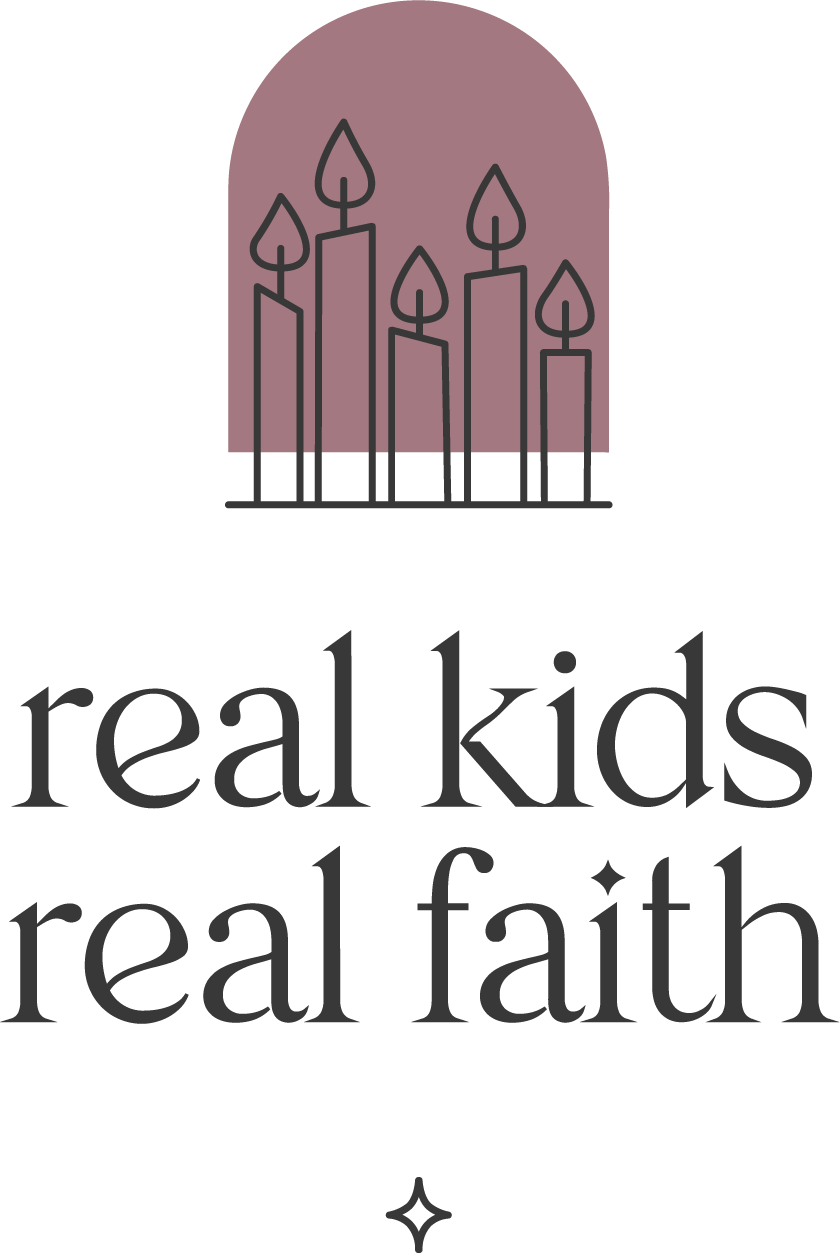My nine month old daughter cowered in my arms. She clearly didn’t want to interact with the person who had just approached me. As she buried her face in my shoulder and whimpered, I said to myself, “It’s just stranger anxiety. She’ll outgrow it.” But because my conversation partner was Latina, I also wondered if my child’s reaction could be a sign of racism.
Studies show that babies notice social differences like race and nationality early in life. By three months, they show a preference for faces similar to their own. By six months, they prefer people who speak the same language(s) they hear at home. And by nine months, they tend to view people in their own racial group as ‘insiders’ and others as ‘outsiders’.
Researchers believe these preferences reflect the ways infants categorize and process information from the world around them. Many families primarily interact with others from their same racial or national group, which means babies focus most of their attention on making sense of this group. They associate positive experiences with certain kinds of people. The rest are unknown entities: ‘strangers’. Because babies don’t have much experience with them, they tend to react with anxiety in their presence.
However, child development experts don’t believe that these racial biases are inherent or a definitive sign of racism. Newborns don’t exhibit such preferences, and older babies don’t yet have the cognitive ability to form prejudicial concepts of other groups. Their insider/outsider categories primarily serve as a strategy for deciding where to focus their limited meaning-making resources.
The catch is that racial biases in infancy can become racist attitudes in early childhood. Young children are attuned to social stereotypes and adept at noticing social divisions. They absorb the norms of their communities, which often reinforce insider/outsider biases. By the time they are five, they tend to see their own social group as morally superior to other groups.
So what can we as parents and caregivers do to disrupt this trend? One preventative strategy is to introduce infants to diverse people and cultivate multi-racial relationships from birth. When babies see different kinds of faces frequently, all those types are included as part of their ‘in-group’. They create early positive associations with people who are different, which help them challenge the negative stereotypes they will encounter later.
A second strategy is to talk openly and explicitly about race and racism. Pretending that race doesn’t matter doesn’t help children understand their own naive preferences for people like themselves. It also won’t help them actively resist social stereotypes. Instead, a ‘colorblind’ approach signals that race is ‘something we don’t talk about’. It’s better to acknowledge race as a social category and invite children to share what they observe, think, and feel. We also need to clearly reject racial stereotypes as hurtful and discriminatory.
The good news is that studies show these strategies work. Spending positive time with people of other races results in weaker biases as babies and more positive racial attitudes as children grow older. And kids whose families talk openly about race demonstrate less prejudice in their social interactions.

Comments